New England Gardeners: Discover The Best Flowers, Perennials & Veggies To Plant In March
It may be early in the growing season, but gardeners in New England can still plan, prep, and plant during this transitional month.
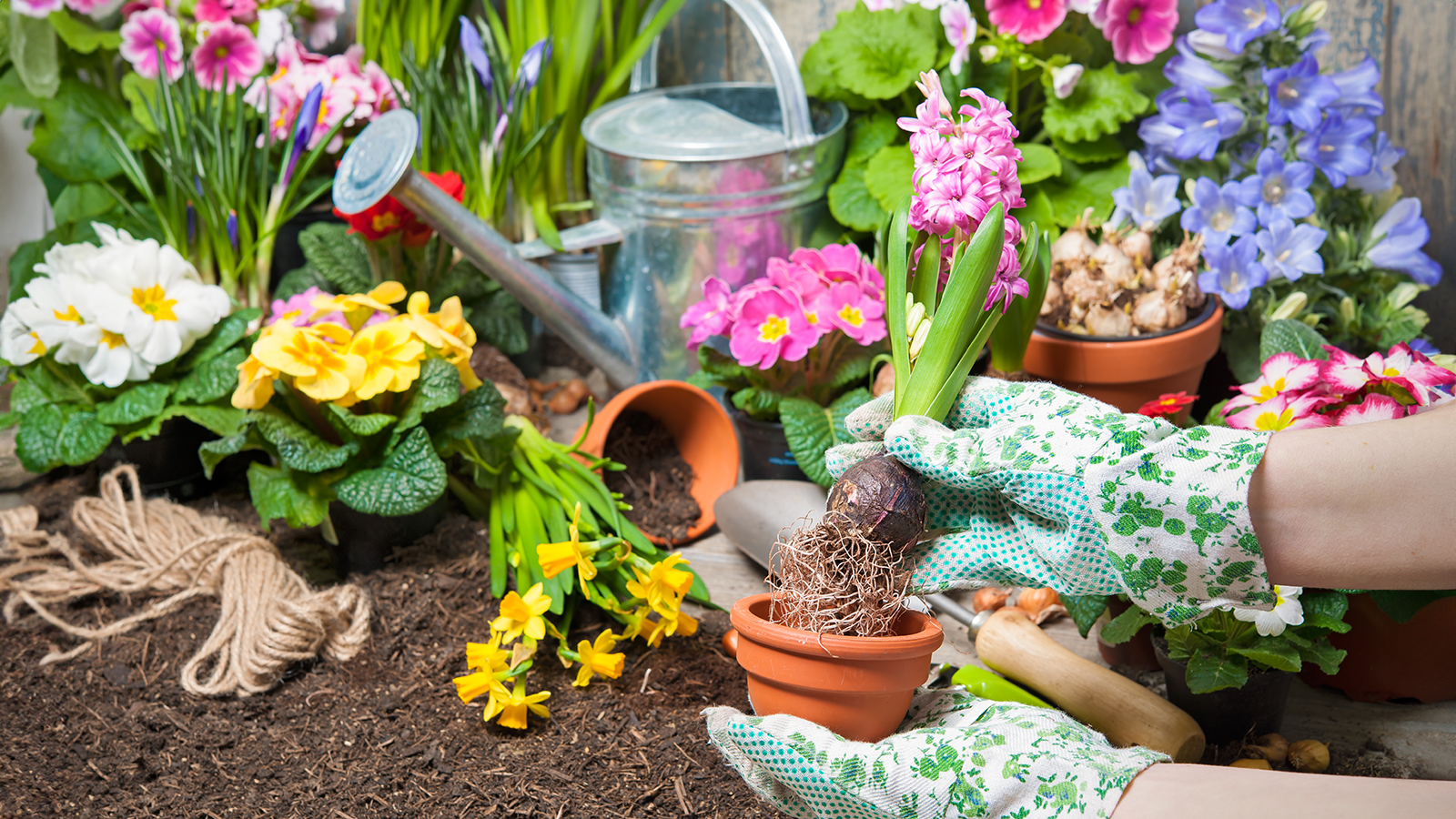

March is an interesting month in New England. While those along the coasts of Connecticut and Rhode Island are enjoying some early-spring beachcombing, folks along the upper tiers of Vermont, New Hampshire, and Maine are exhilarated by some of the best skiing of the season. The rest of New England’s inhabitants, including all of Massachusetts, are slogging around in the region’s unofficial fifth season – Mud Season.
No matter where one is along that continuum of sea coast to snowy mountains, March sees New Englanders actively thinking about and participating in their spring gardens. To be successful gardening in the Northeast, you need a clear understanding of your USDA hardiness zone, last frost date, garden soil preparation techniques, what can be grown outdoors, what should be grown indoors, and how you can handle unpredictable weather.
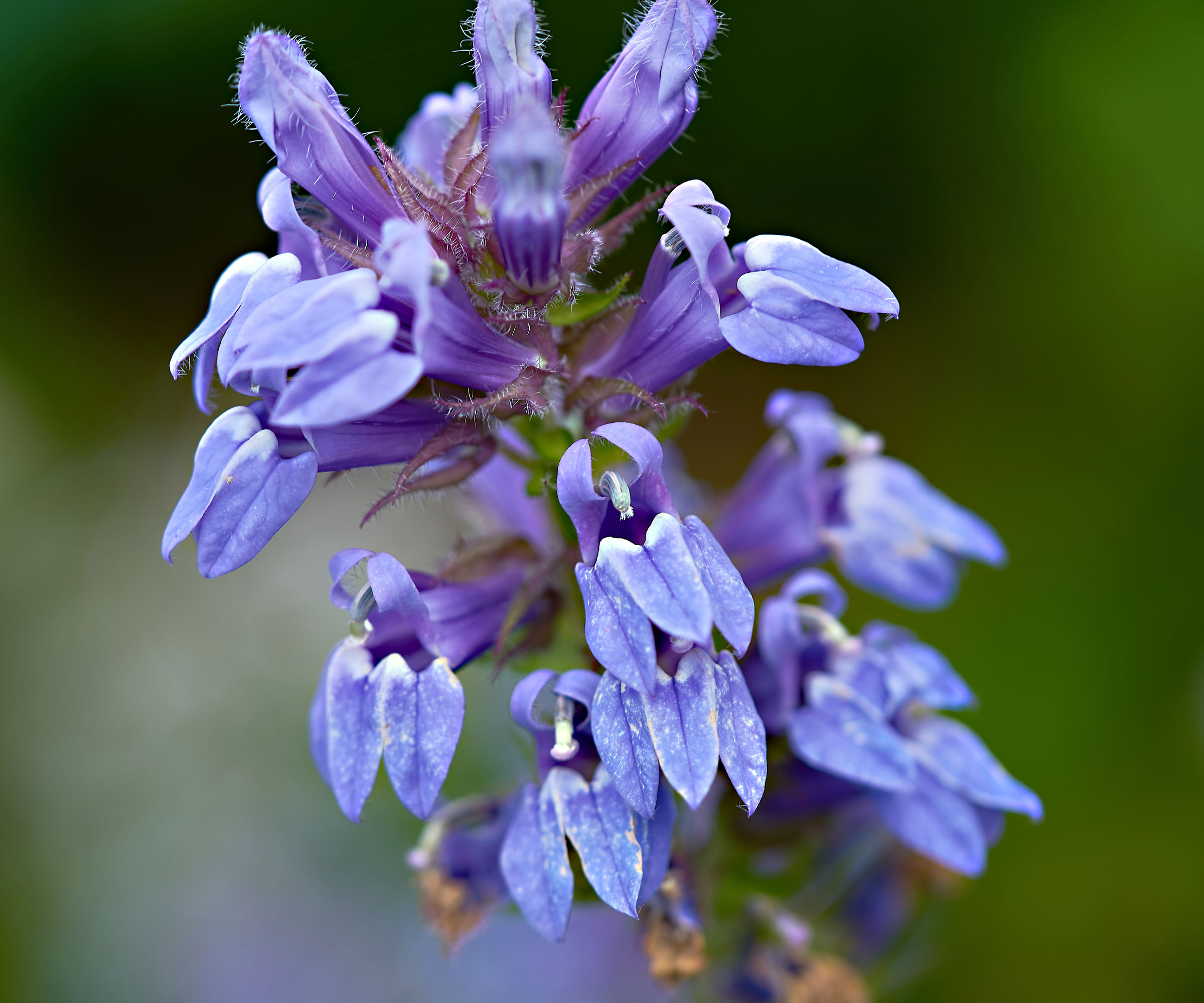
New England gardeners can grow a huge variety of plants. Our handpicked selection of beautiful shrubs and perennials are sure to be star performers.
Understanding New England’s March Climate
New England stretches from the northern suburbs of New York City to New Brunswick, Canada. The six states in the region (Connecticut, Rhode Island, Massachusetts, Vermont, New Hampshire, and Maine) include USDA hardiness zones from a temperate zone 7a along the Connecticut coast to a cold zone 4a in northern Maine (and even colder on the mountain peaks!).
These zone differences help us understand that northern regions of New England experience very cold average minimum winter temperatures – as low as -25°F – while more southerly locales’ average minimum temperatures rarely dip below 0°F. And as such, winters in southern New England can be up to a month shorter than in northern regions. This is all to say that it’s crucial to understand your particular USDA zone if you are a New England gardener.
What’s even more crucial to understand is your area’s last frost date. This is the average date of the last light freeze in spring. For southern Massachusetts, that date is as early as April 16. In Vermont’s Northeast Kingdom, that date is June 5. Big difference!
Even with last frost dates in April, planting in some portions of New England is possible. But first, you need to consider the soil’s condition. Much of New England’s soil is either still frozen or is beginning to thaw in March. Thanks to its general rockiness, the soil can be quite soggy and muddy this month. Check your soil’s moisture by squeezing a handful of it. If it stays clumped, your soil is much too wet. If you must plant, work some organic matter into your soil to improve drainage. Soil in raised beds drains better than garden soil, and it soil warms sooner, too, allowing for better germination and plant growth.
With the still-cold weather and the frozen or soggy ground, March may seem better suited for planning, indoor seed-starting, and gardening preparation. Depending on where you’re located in New England, you may be able to get to some planting in the garden. We’ll cover both below.
Gardening tips, videos, info and more delivered right to your inbox!
Sign up for the Gardening Know How newsletter today and receive a free copy of our e-book "How to Grow Delicious Tomatoes".

Vegetables and Herbs to Plant in March
Early March is a great time for starting seeds indoors to grow warm-weather summer vegetables. By the time the weather warms up to their liking (consistently above 50°F nighttime temperatures), the seeds you started indoors in March will be big enough to transplant into the garden.
Some warm-weather vegetables and herbs to start from seed indoors include:
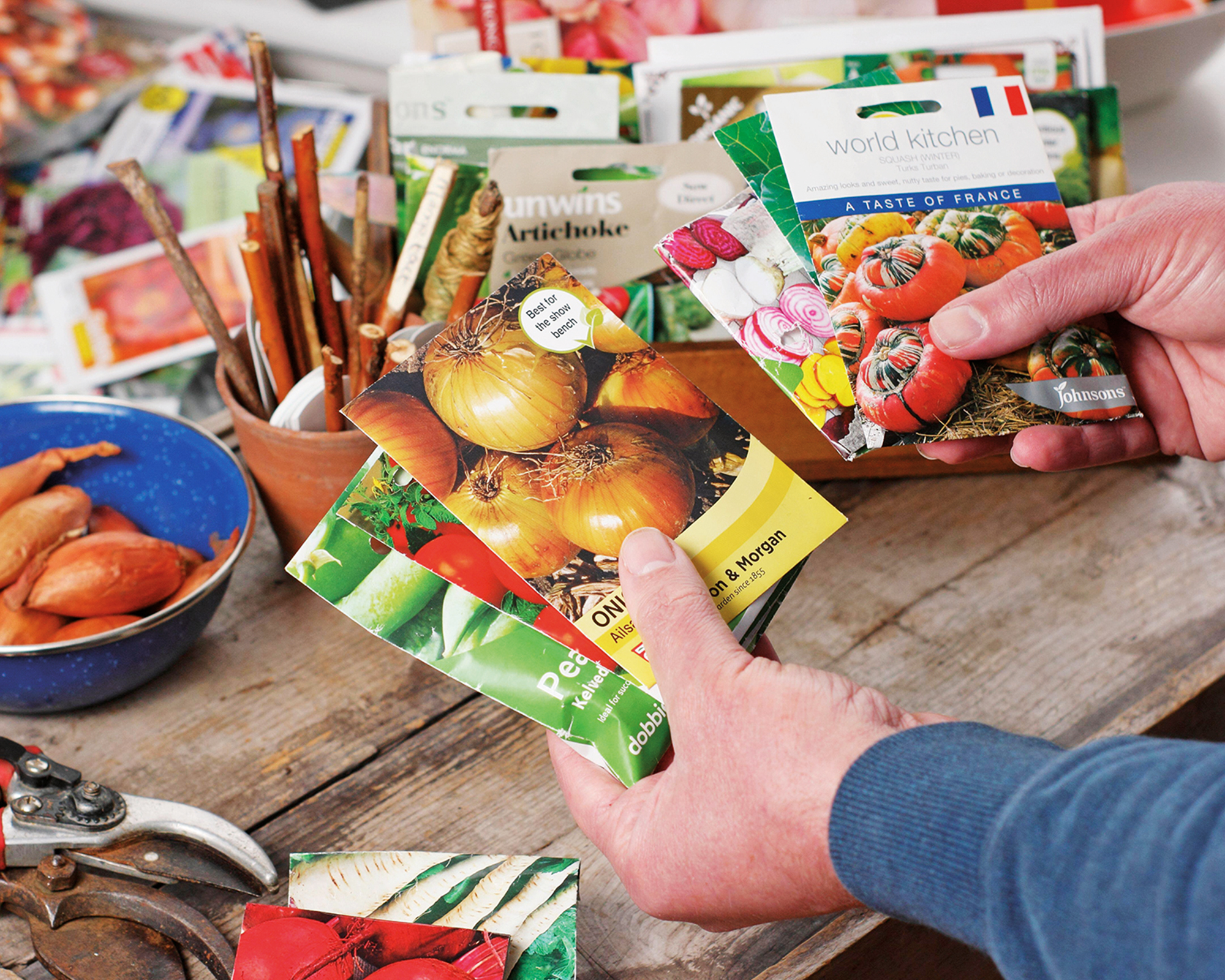
Start onions and leeks indoors, too. These crops have such a long growing season, so starting them indoors now ensures their growing season will be long enough for them to reach maturity.
Some cold-weather crops can be sown indoors now (or even back in February!) and planted outside in late March to mid-April. These crops include brassicas such as cabbage, broccoli, cauliflower, and kale. In fact, these plants can tolerate a touch of frost and can go outside even before spring’s last frost date.
Some southerly regions of New England are warm enough in the latter half of March to support the direct sowing or planting of a few crops. As soon as the soil is workable, sow these crops:
In fact, planting peas on St. Patrick’s Day is a tradition to bring good luck! It’s just a month before the last frost date, and this crop does prefer to get its start while the weather is still chilly.

Browse pro-quality accessories for seed-starting indoors, as well as our curated collection of vegetable and herb seeds in the Gardening Know How Shop.
Flowers and Ornamentals in the March Garden
There aren’t a lot of flowering plants that can go in the ground now and bloom this month. However, there is color popping up here and there from previously planted trees, shrubs, bulbs and perennials, including:
You can plant these either now or in the fall – along with other trees and best perennials for New England. As long as the soil is workable you can plant now to give them a full season of growth.
Begin seeds of summer-flowering annuals indoors. Crops such as marigolds, zinnias, sunflowers, cosmos, pansies, and snapdragons all germinate easily indoors. They’ll be fit for planting out in the garden as soon as the last frost date has passed.
Note that pansies and snapdragons are more cold-hardy than other annuals. Pansies can even handle a bit of snow! A covered space close to the home may be enough to protect them from a cold snap. Otherwise, bring the pots into a garage if super-cold weather is predicted.
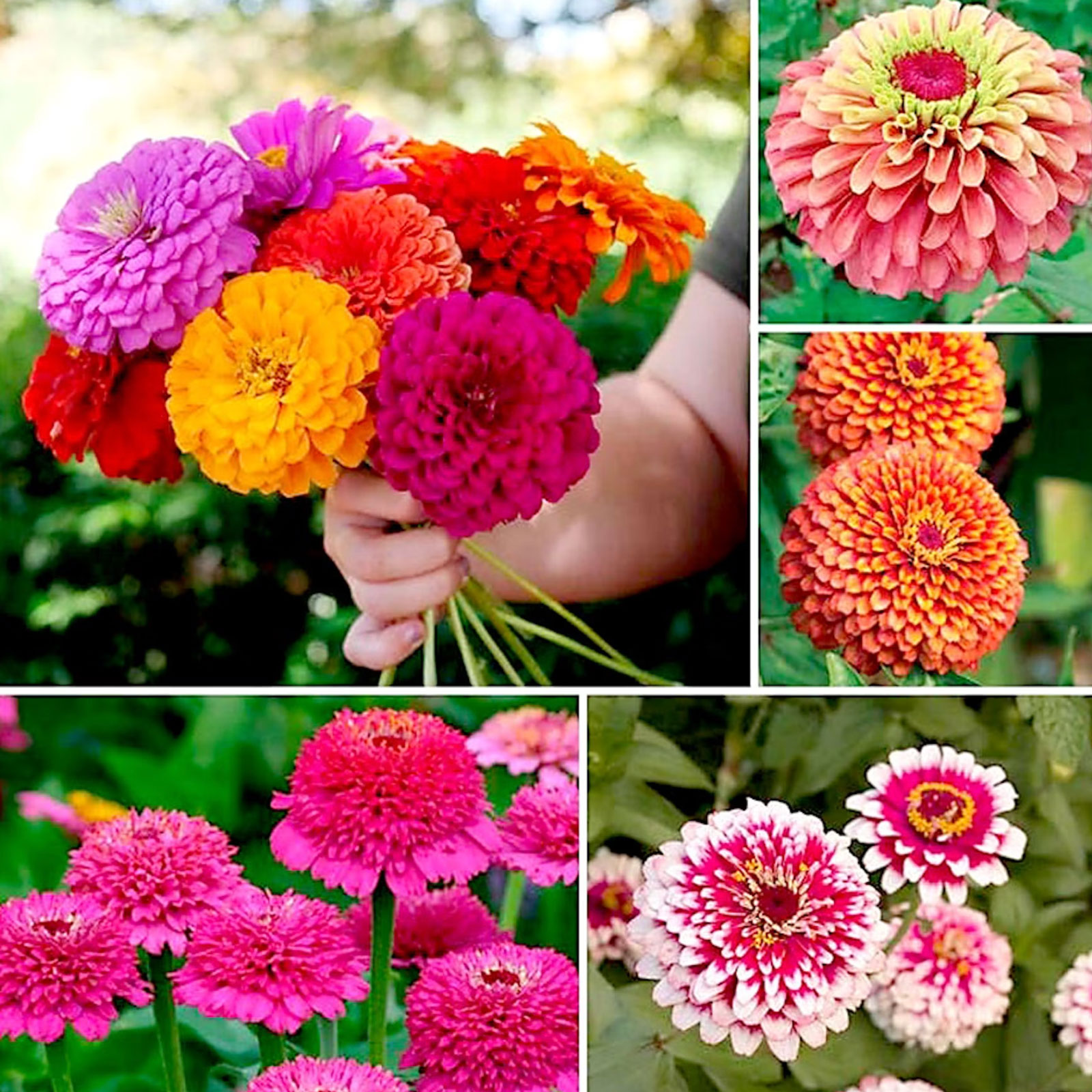
Browse a wide variety of flower seeds for both annuals and perennials, including an assortment of pollinator-friendly plants, in the Gardening Know How Shop.
Fruits and Berries
March is an excellent time to plant berry bushes and suitable fruit trees for the Northeast. If your garden’s soil is workable, you can plant the following items now and harvest the fruit later this summer:
Strawberries can also be planted in late March. You may get a crop of berries from June-bearing strawberries, but you’ll have more of a chance to pick some fruit this season if you plant everbearing strawberries.
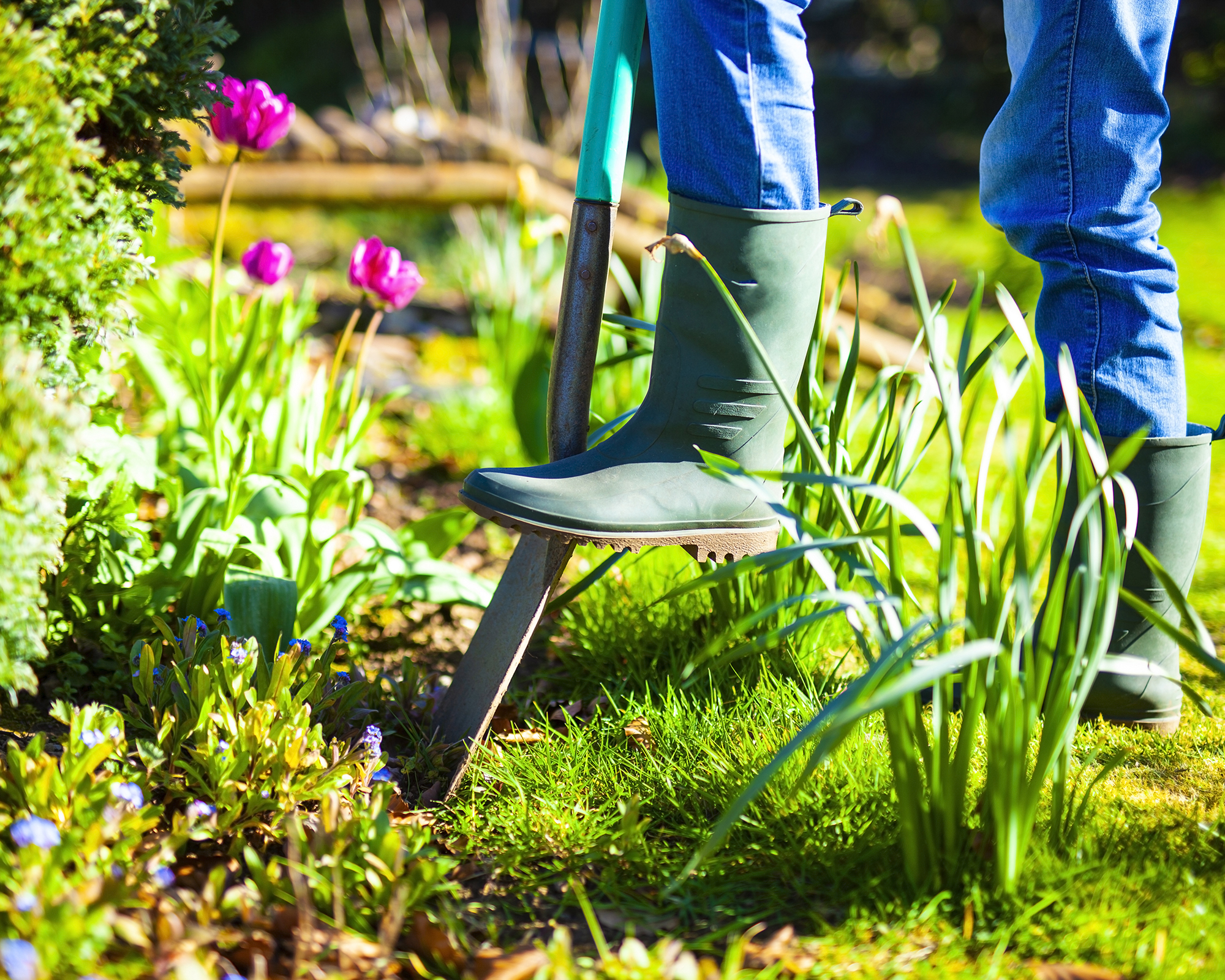
Tips for Gardening in New England in March
If you’re inspired to get in the garden this month but the weather isn’t cooperating for planting, you can prepare your gardens for when the time is right.
- Prepare Your Soil
Soil can always use some loosening. Apply a layer of compost and dig it in with a garden fork. Test your soil pH so it’s ready for spring growth. Aim for a pH value between 6.0-7.0. Add lime to raise the pH if the soil is too acidic, and apply sulfur to lower the pH if it’s too alkaline. - Mulch Planting Beds
Once your soil has warmed up a bit (and has definitely thawed out), a layer of mulch will help control that early crop of weeds. It’ll also help retain moisture as your plantings emerge from their dormancy. - Fix Beds and Other Structures
If your garden gate is off-kilter or a raised bed is tilting, fix it now while you have the time. - Protect Plants from Frost
If you are planting in the garden this March, protect plants from a freeze. Use row covers in the garden or plant in cold frames. Doing so will protect your tender young plants from very cold temperatures. - Protect from Pests
Common pests for Northeast gardens are out early. Slugs thrive in spring’s damp conditions, so set up some physical barriers around the small plants. Flea beetles can swarm on warm spring days and absolutely devastate newly emerged seedlings. Use row covers and diatomaceous earth to repel them.
There might not be a whole lot going on in a New Englander’s garden in March, but enjoy this calm before the gardening storm of spring.
More Growing Inspiration
- Browse perfect plants for New England gardens in the Gardening Know How Shop – from beautiful flowering shrubs to textural evergreens.
- Discover the 7 must-grow flower seeds to start in March for a heavenly summer garden.
- Get sowing outdoors and inside with these 8 best vegetables to plant in March for a longer harvest.
- Elevate your flower power with the 10 best flowers for hanging baskets.
This article features products available from third party vendors on the Gardening Know How Shop.

Ellen Wells is a horticultural communications consultant with 30 years of experience writing about all aspects of the gardening world.
She has worked for many of horticulture’s biggest brand names, writing blog posts, articles, press releases, and design and instructional pieces. Her previous roles include Senior Editor and Editor-at-Large for Ball Publishing.
Ellen is based in New England where she gardens in Zone 7a. She loves tending to flower-filled containers on the patio and puttering around her vegetable garden.
-
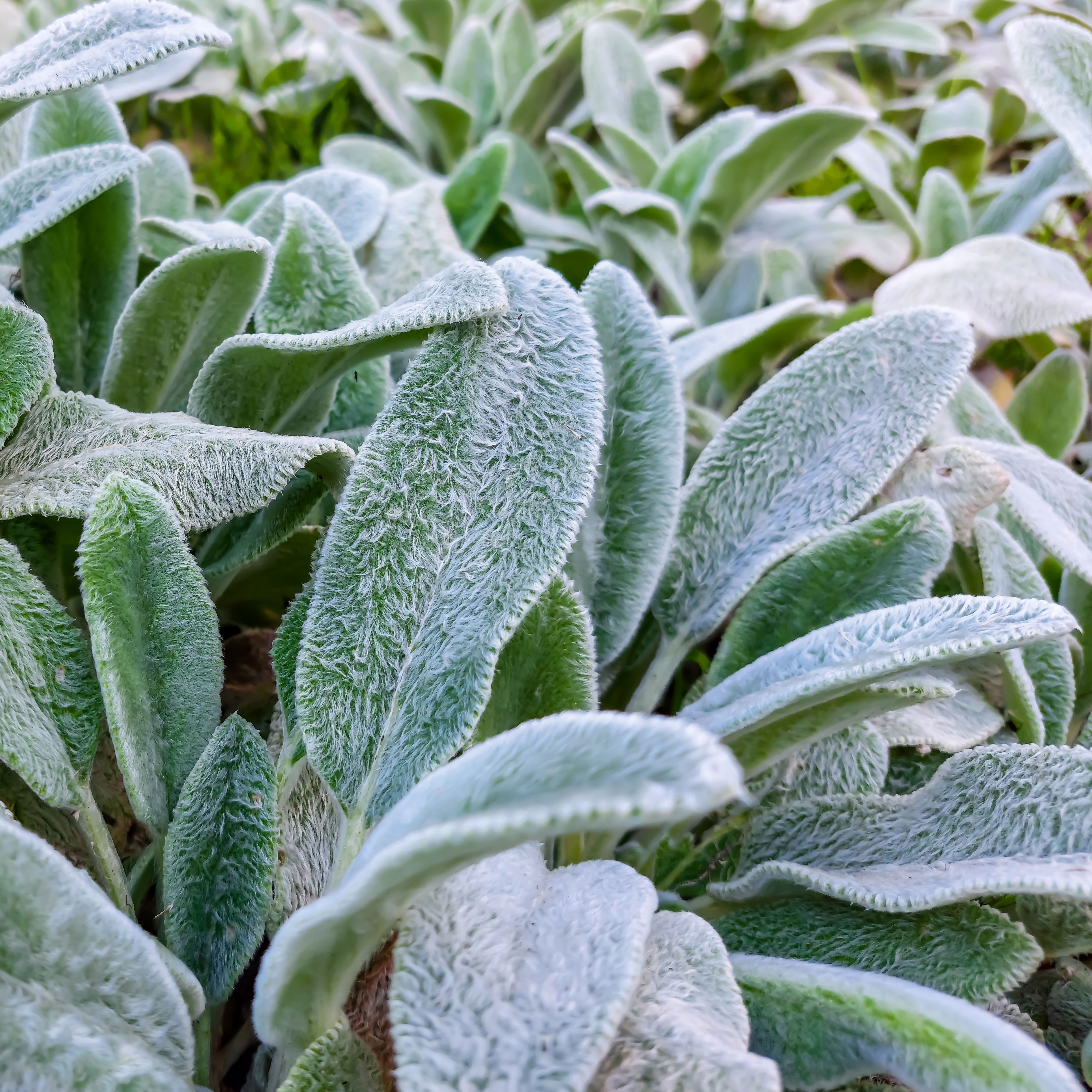 Looking For Plants To Give You The Soft And Fuzzies? Try These 5 Fuzzy Leaf Plant Options
Looking For Plants To Give You The Soft And Fuzzies? Try These 5 Fuzzy Leaf Plant OptionsLovers of texture, drama, silver foliage and tactile plants will adore these special sensory garden additions. These fuzzy leaf plant options will leave you all aglow
By Susan Albert
-
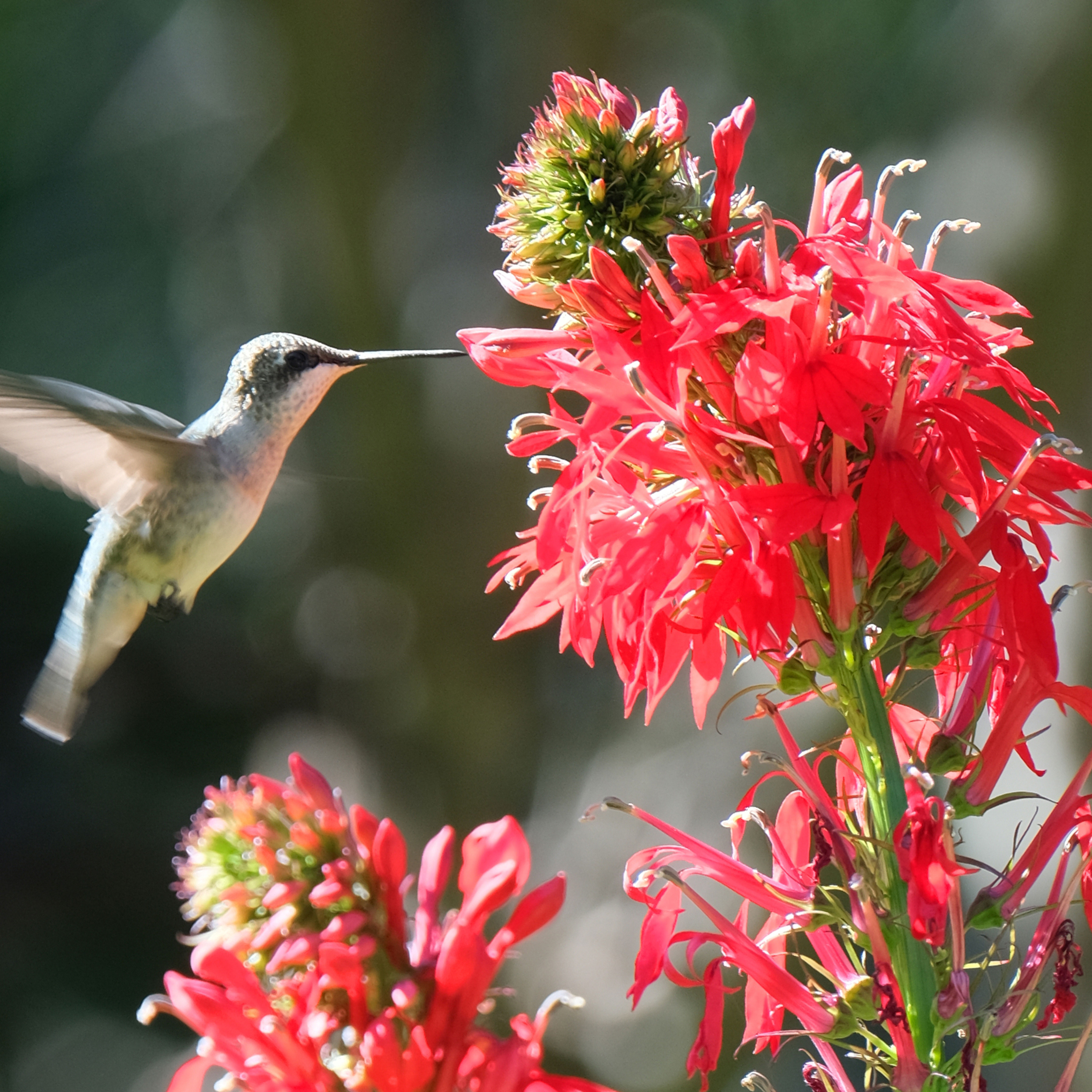 Get Ready For A Summer Of Hummers! Grow These Full Sun Hummingbird Plants and Flowers
Get Ready For A Summer Of Hummers! Grow These Full Sun Hummingbird Plants and FlowersIf you’re lucky enough to enjoy a sunny backyard, make sure you are maxing out on your pollinator opportunities and grow these full sun hummingbird plants and flowers
By Tonya Barnett